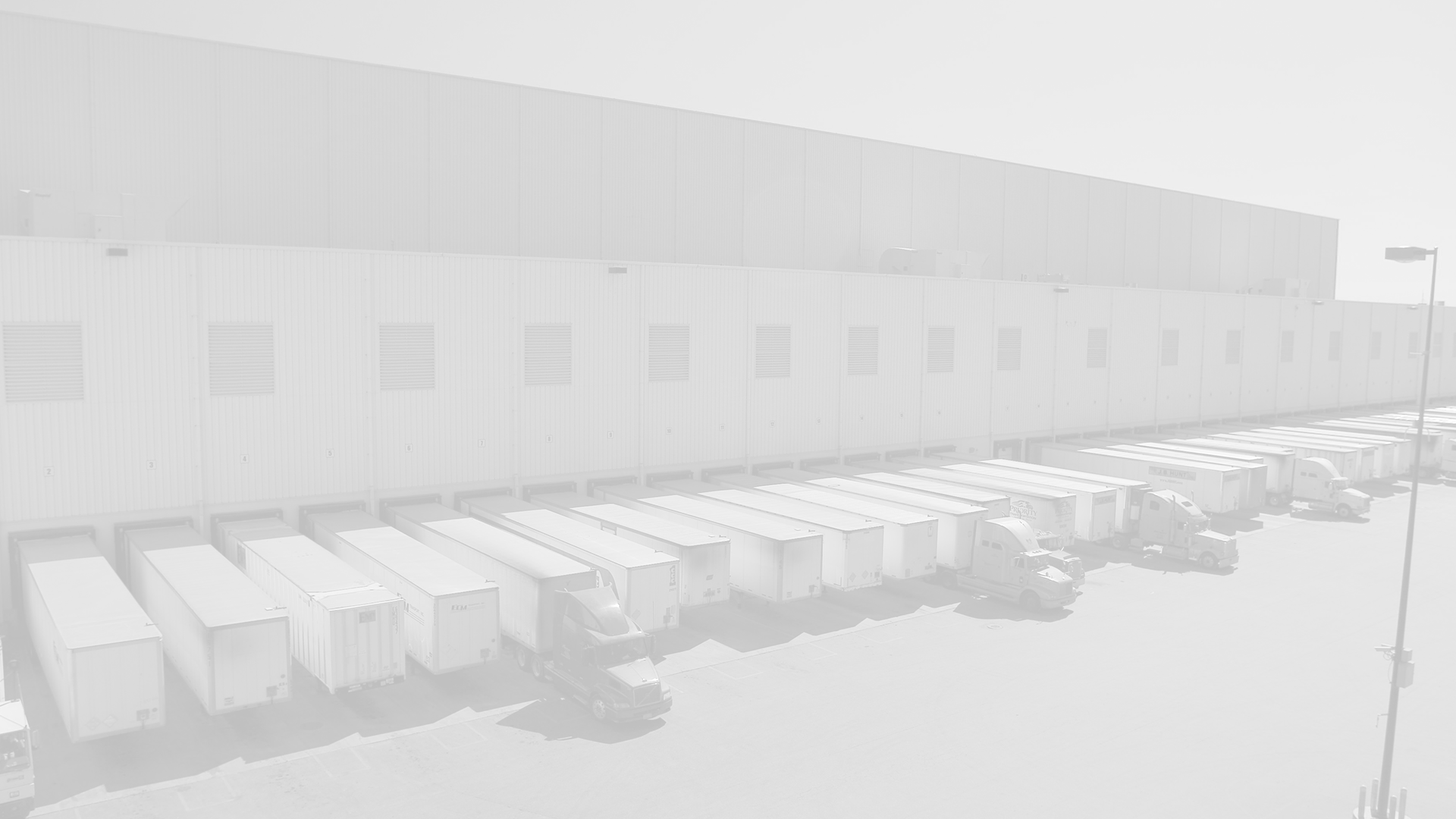A recent article in Supply Chain Brain poses the question is collaboration really happening? We argue that it is, and that it is more than just collaborative forecasting. True end-to-end supply chain collaboration is about streamlining the whole supply chain from the factory to the store. This requires a level of sharing and transparency for which most companies are not yet ready. Collaboration is really happening today by leveraging third parties as the “Swiss Bankers.” ES3 enables multiple manufacturers and retailers to share warehousing and transportation infrastructure. ES3 handles the information and financials and protects all parties privacy. The result is a collaborative supply network that reduces the problems of demand forecasting with limited participants, reduces costs, AND increases service.
Collaboration: Is it Really Happening?
SupplyChainBrain – 4/29/14“Collaboration” has long been a favorite word of supply-chain executives, but it often lacks substance. “I spent eight years doing demand planning,” says Roy. “I never really saw it happen.”
The problem, he says, is that suppliers and their customers have yet to surmount the “trust barrier,” when it comes to exchanging critical information.
Years after creation of the Collaborative Planning, Forecasting and Replenishment (CPFR) model, and access to detailed point-of-sale (POS) data, companies are still failing to collaborate fully. “With some suppliers,” Roy says, “you can see what was sold yesterday, but not a lot of things that happened in between.”
Merchandisers often have but a vague notion of how a change in pricing will impact demand. Access to POS data doesn’t appear to have sharpened their forecasting acumen.
The ideal planning horizon is 60 to 90 days, Roy says. But many companies can’t accurately see that far ahead. In addition, they lack knowledge of what their competitors are doing on the pricing front.
“You’re only seeing half of what’s going on,” he says. “You can have a strong relationship with a grocery chain, but you don’t know if two-thirds of the volume is going to happen, because they can’t tell you if your competitor is changing its price.”
Roy likens that area of the unknown to “chaos.” Simply put, “you don’t control all the pieces.” As a result, companies attempt to protect themselves with expensive safety stock.
Roy says suppliers and retailers need to react more quickly to trends in the marketplace, smoking out problems before they happen. That means involving supply-chain partners all the way back to the manufacturing stage.
To view the video in its entirety, click here

